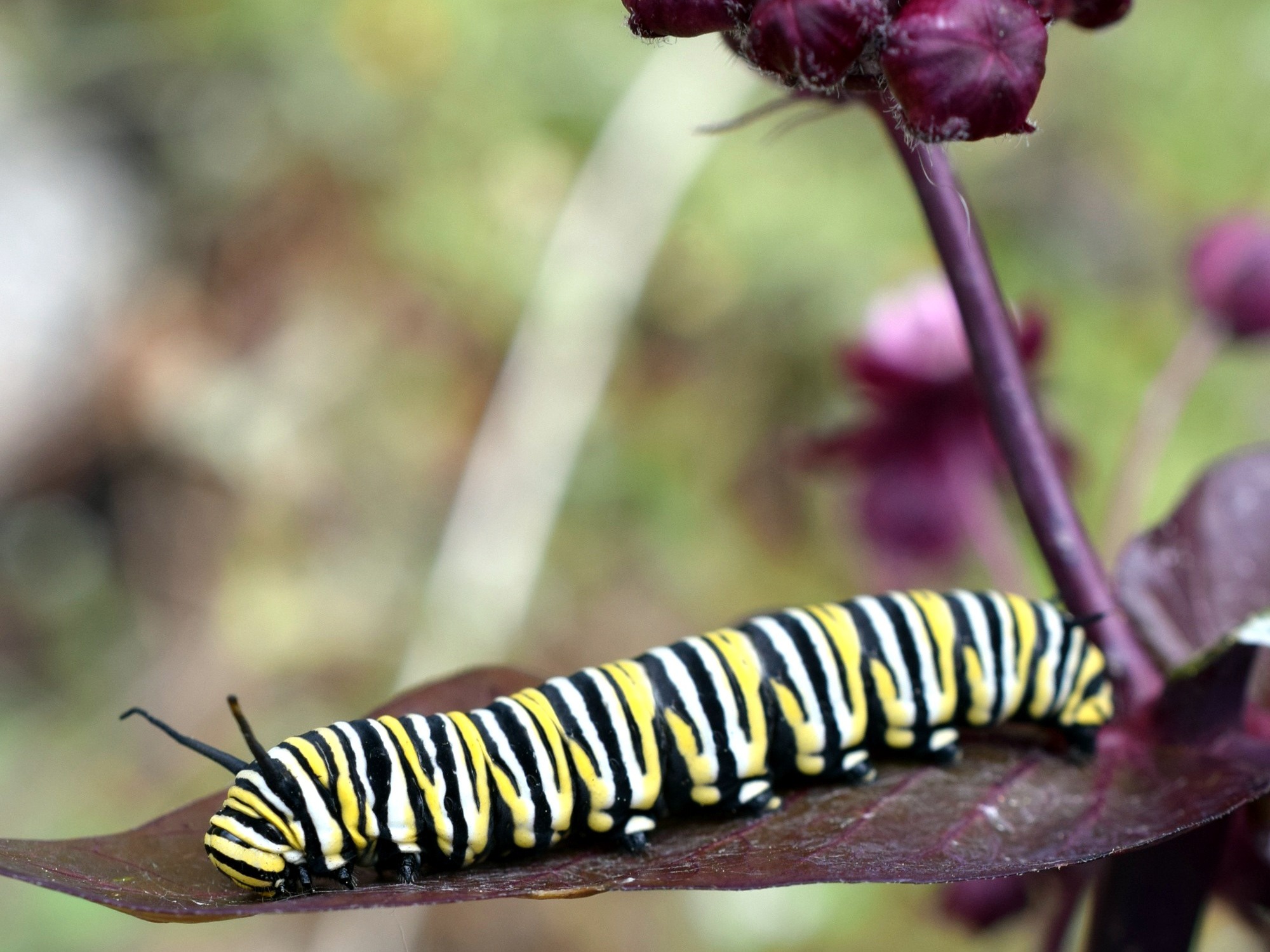*This is a 2019 archived project, view this year’s projects here.
Yosemite is a refuge for pollinators, such as bees, butterflies and hummingbirds, which play an essential role in healthy ecosystems but are experiencing worldwide declines due to habitat loss. Monarch butterfly populations west of the Rockies, for example, have plummeted by 97 percent, largely due to loss of their host plant, milkweed.
In 2019, building on the success of recent donor-funded projects, park crews worked with volunteers and student groups to create healthy pollinator habitat in Yosemite Valley meadows by removing invasive plants and sowing native flora, such as milkweed, lupines and penstemons. Overall, they restored 6.8 acres of meadow habitat and sowed more than 6,000 plants, focusing on historically affected areas that would not recover without active restoration work.
Your gifts helped improve habitat for diverse pollinators while restoring the beauty of Yosemite’s wildflower meadows.
Completed in partnership with Yosemite National Park, NatureBridge and Yosemite-area schools.

